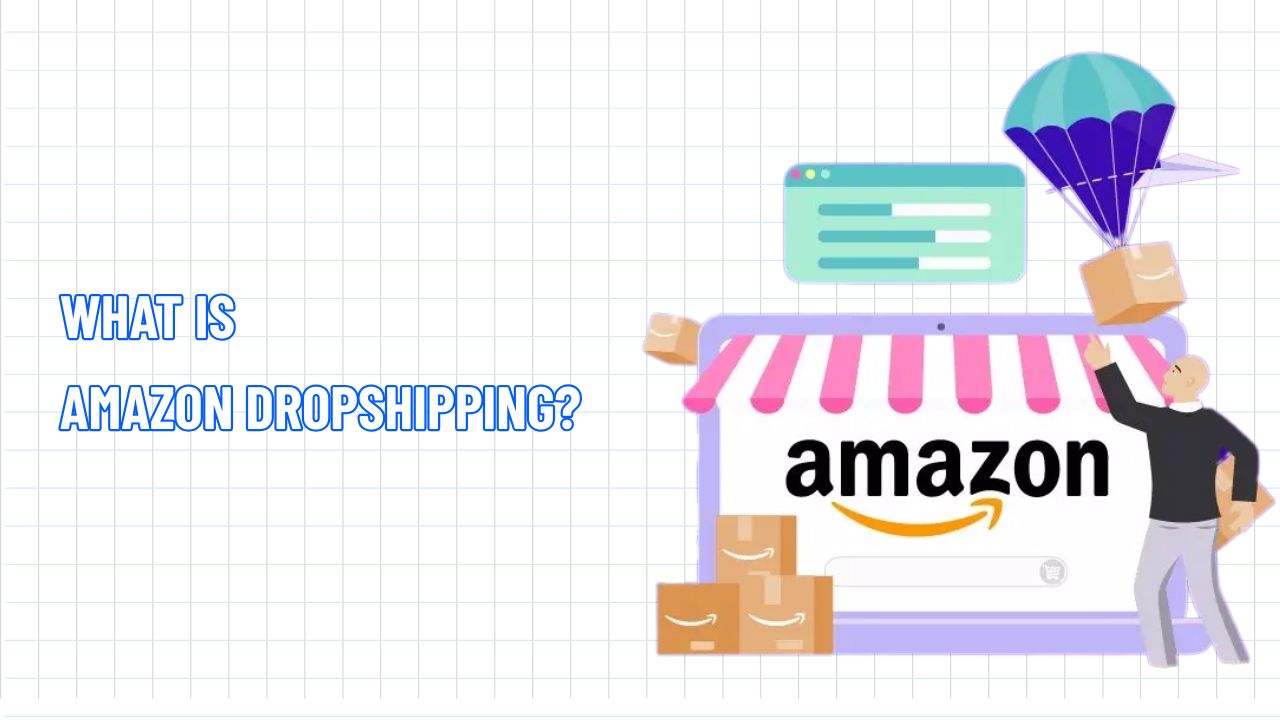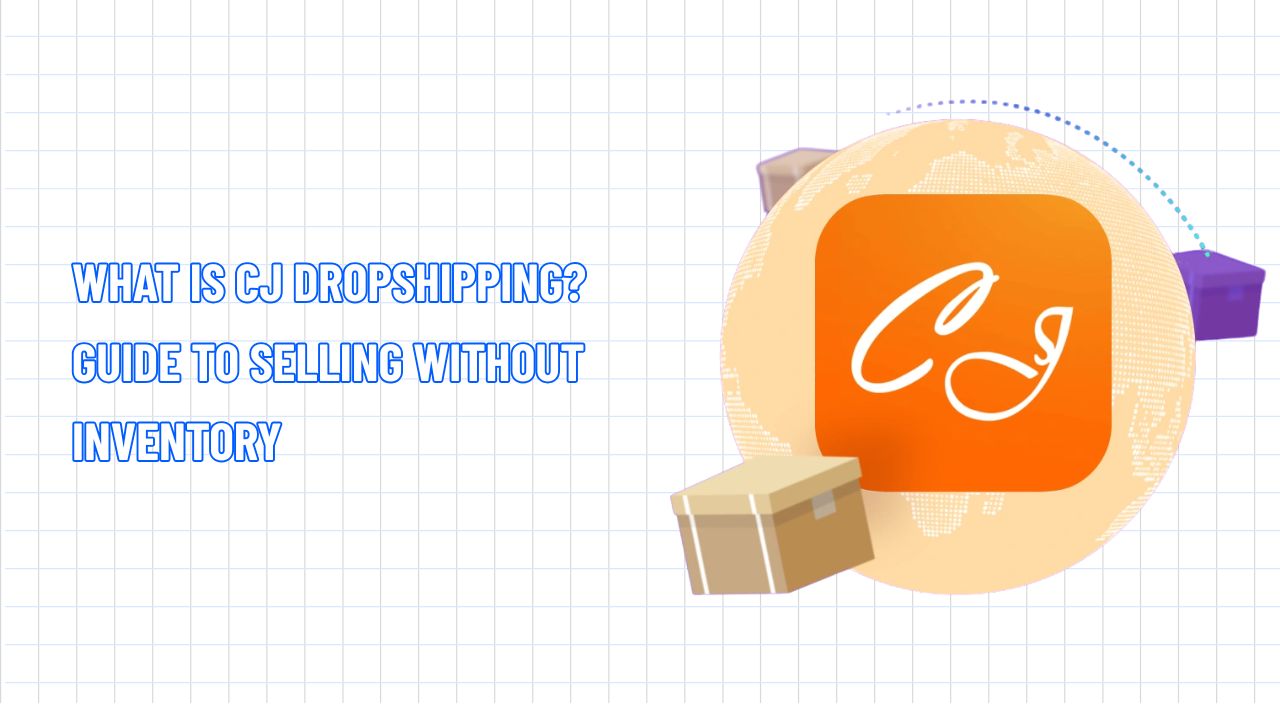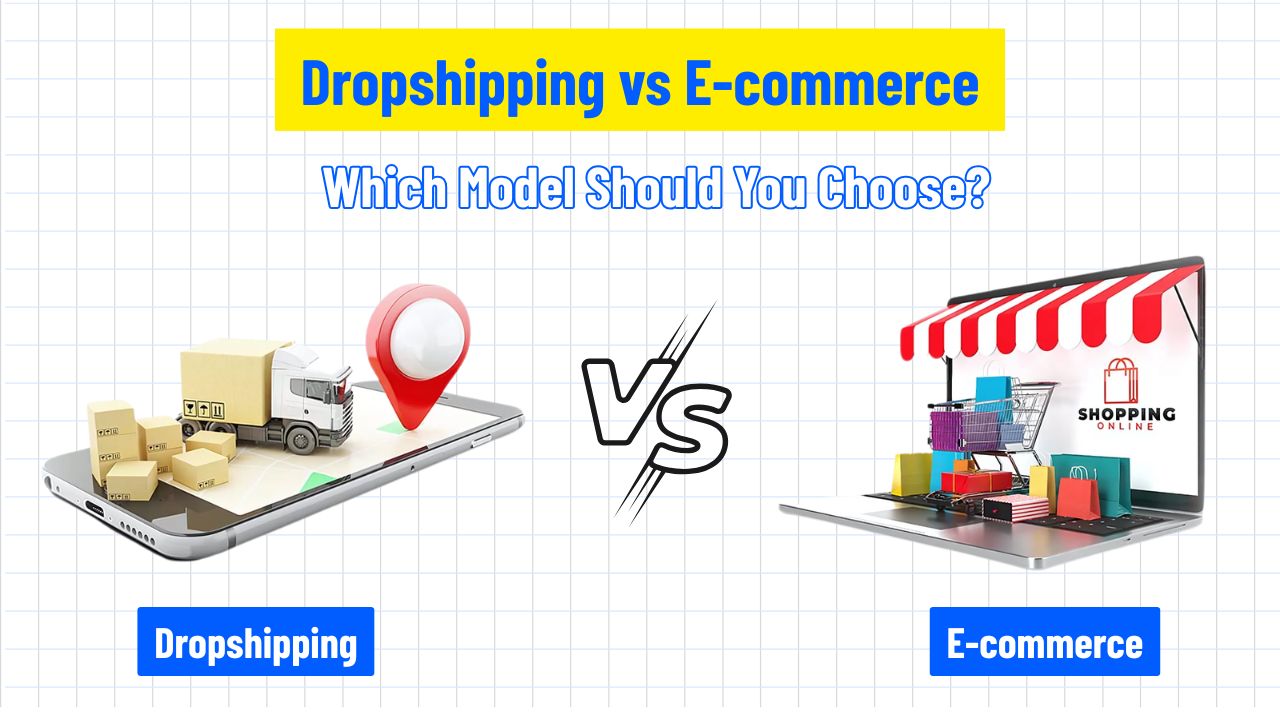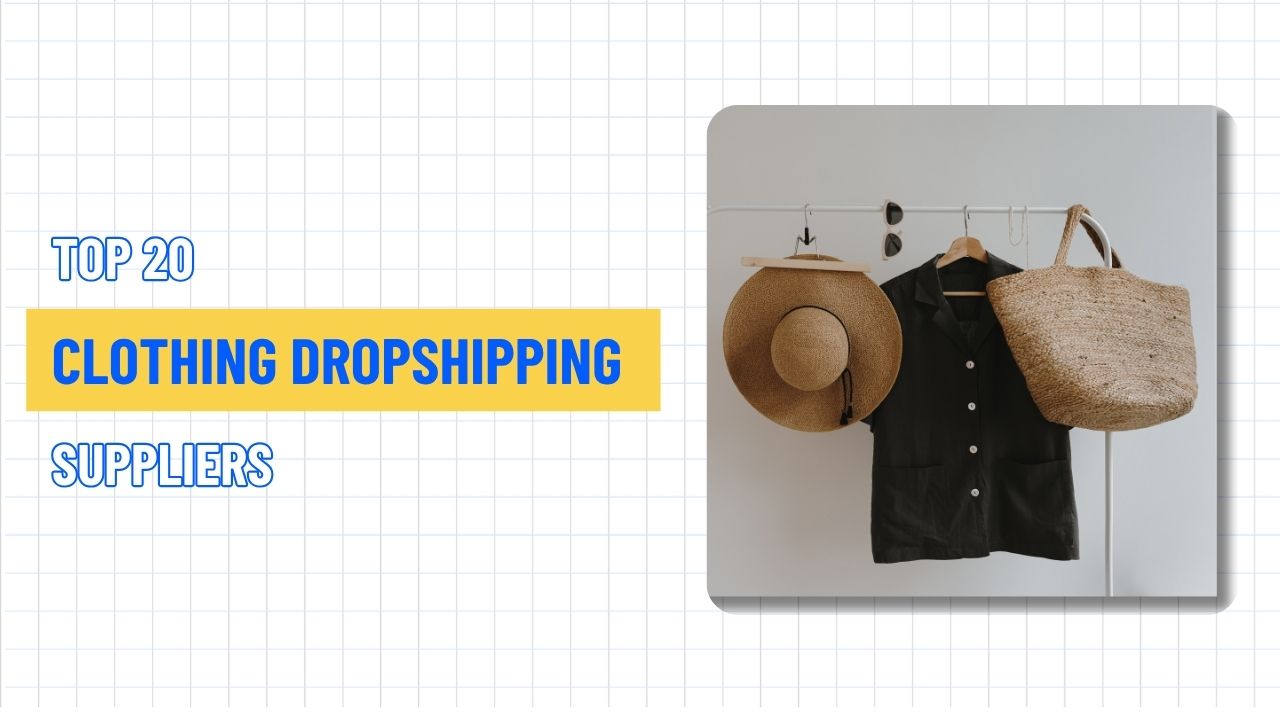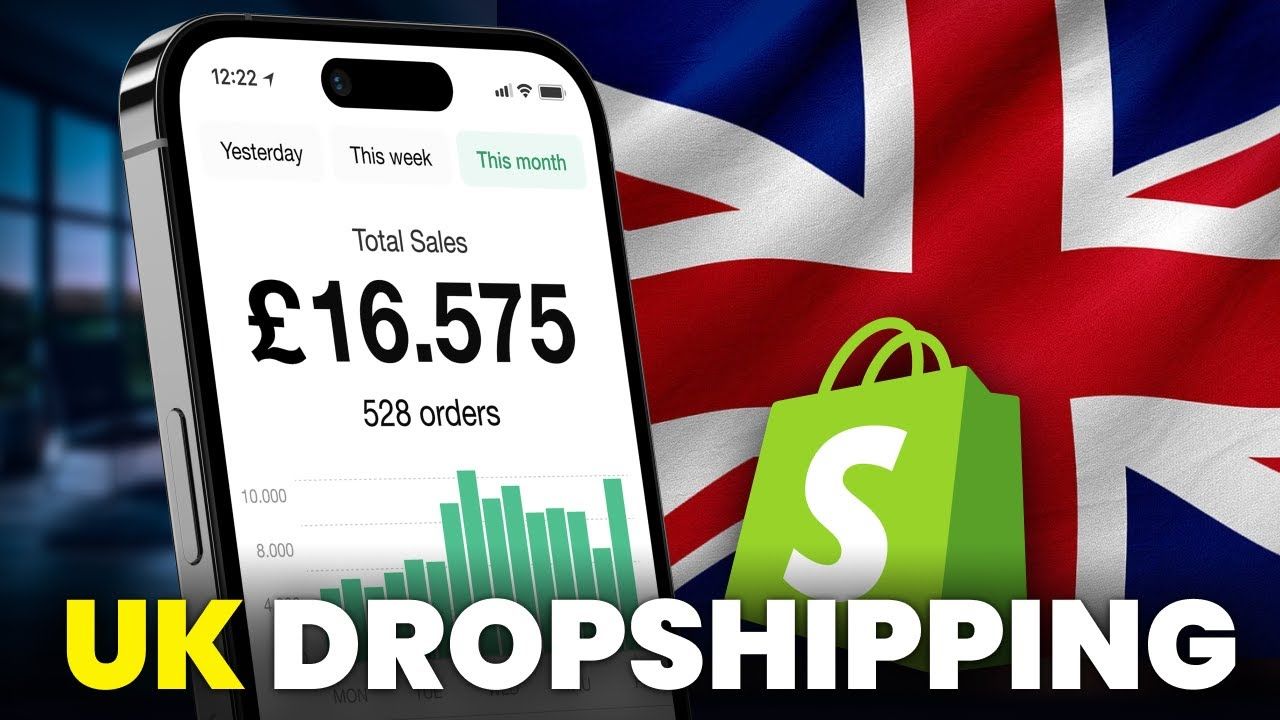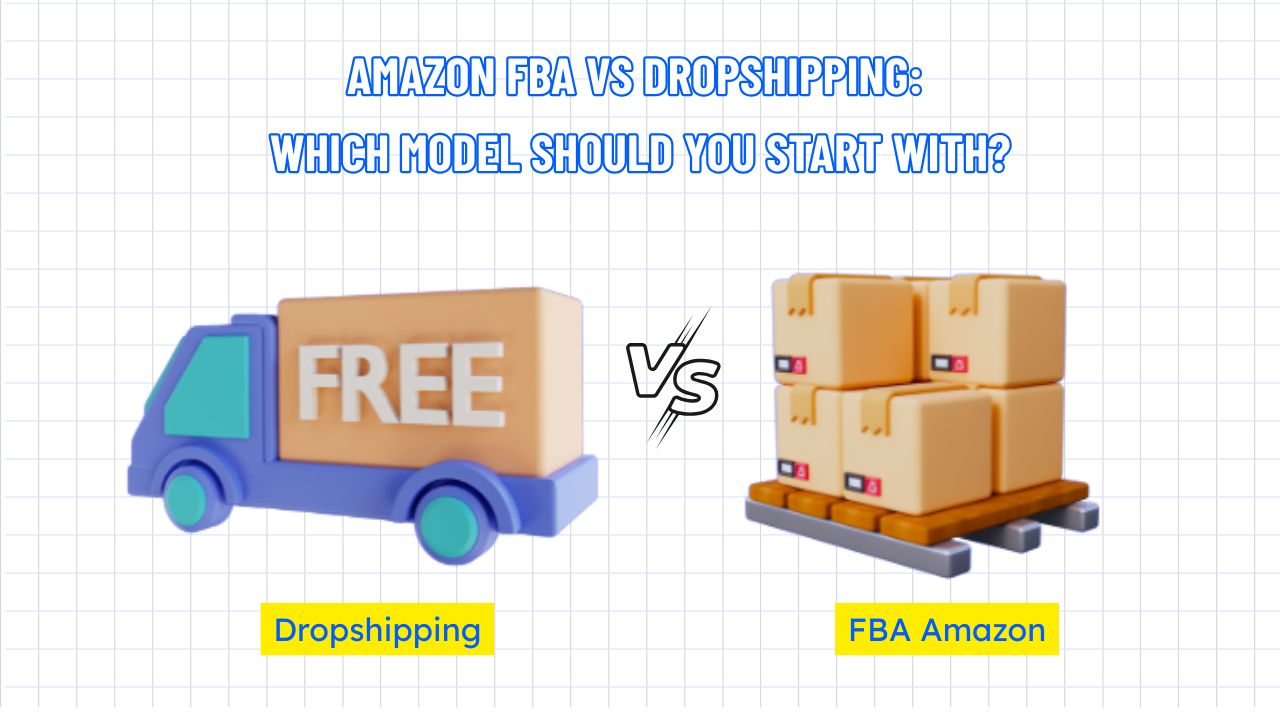How to Start a Dropshipping Business? Step-by-Step Guide in 2025
Table of Contents Hide
Dropshipping remains one of the most accessible ways to start an e-commerce business with minimal initial investment. In this article, NextSky will guide you in detail on how to start a dropshipping business in 2025.
How to Start a Dropshipping Business
Researching a niche market in Dropshipping

A niche market is a specific segment within the broader market landscape. It’s where you can focus all your efforts on building your brand and fine-tuning your product to best meet the needs of the target audience you're aiming for. To effectively reach customers in a niche market, here are the steps you can follow:
Explore the niche market with keyword research
Keyword research is key to understanding the actual needs of consumers. With tools like Google Trends, Facebook Audience Insights, or Keyword Everywhere, you can identify trending search topics related to potential products. Don’t just look at current search volumes; also analyze trends from the past 6 to 12 months to assess if the niche market has long-term appeal and growth potential.
Identify a niche market through product research
Product research is crucial to discovering potential items and evaluating purchasing power based on real order data. By combining product research with keyword analysis, you’ll get a clearer picture of the niche market and how consumer behavior evolves over time. Additionally, selecting a supplier in advance helps shape your market to align with available products.
>>> Before diving into how to start, make sure you fully understand the fundamentals of the model. You can learn more in this detailed guide on what is Dropshipping?
Study your competitors
Understanding and analyzing your competitors is a fundamental step in creating a successful dropshipping strategy. Knowing what your competitors are doing allows you to uncover potential product opportunities and determine the best approach for marketing. Here are some competitor research methods to consider:
- Search on Google: Use related keywords to quickly find main competitors in your field. Focus on long-tail keywords that are less competitive but have high potential, as they make it easier to reach your target customers.
- Use analytical tools: Analyze competitors’ traffic, customer sources, and marketing strategies to identify strengths and weaknesses. For instance, if they heavily rely on paid ads, you could capitalize on SEO or expand your presence on social media, which they may be neglecting.
- Monitor social media: Observe how competitors interact with their customers to learn what kind of content attracts attention. This can also help you uncover unmet needs, allowing you to create unique content for your own brand.
- Market surveys: Explore platforms like Amazon, eBay, and Etsy to evaluate competition and find opportunities to differentiate your product, from pricing strategies to customer experience.
Choosing products and pricing them

Selecting the right products combined with an effective pricing strategy is the key factor in attracting customers and maintaining sustainable profits.
Product selection criteria:
- Demand and competition level: Prioritize products with stable demand but low competition in the market. You can use tools like WatchCount.com (for eBay) or Treendly to identify trending products with untapped growth potential.
- Quality and appeal: Sellers should order samples to check the product quality before selling. Poor-quality products can negatively impact customer experience and brand reputation. For example, in a clothing dropshipping business, it’s important to ensure the fabric is durable and the designs are in line with modern fashion trends.
- Potential for additional revenue: Choose products that can encourage repeat purchases or upsells, such as reusable office supplies or diverse skincare sets.
Pricing Strategy:
- Calculate costs, including the supplier's price, shipping fees, platform transaction fees (e.g., Shopify's 2% fee for external payment gateways), and marketing costs.
- Set prices that yield a profit margin of 20-50% while still remaining competitive. For example, if the product costs $5 and the shipping fee is $2, a selling price between $12 and $15 is reasonable.
- Consider offering free shipping by including it in the product price, as customers generally prefer transparent pricing.
Choosing a Supplier
In the dropshipping model, the supplier is responsible for preparing and shipping the products to customers. Therefore, choosing the right supplier will significantly affect the success or failure of your business. When selecting a supplier, you should consider the following factors:
- Shipping speed: Determine the shipping time based on the warehouse location and the main areas where your customers are. Sellers should prioritize suppliers with local warehouses or trusted shipping partners to ensure fast delivery times.
- Stock stability: A good inventory management system will help minimize the risk of running out of stock and prevent the need to cancel orders or disappoint customers.
- Return policy: A clear return and refund process will make it easier for both you and your customers in case of any issues with the product.
- Reputation and track record: Merchants should check reviews from other retailers to verify certifications related to the industry and the supplier's professionalism.
- Market research: Survey the market on platforms like Amazon, eBay, and Etsy to assess competition and identify opportunities for differentiation, from product and pricing to customer experience.
Building an E-commerce Store

A well-invested online store will help elevate your brand, build trust, and encourage customers to click the “Buy Now” button right away. With the Shopify Theme Collection, you can quickly create a professional online store in just a few steps.
- Choose a template: Start your store-building journey with hundreds of modern design templates created by leading experts to give your store a unique identity and attract customers at first glance.
- Connect dropshipping platform: Visit the Shopify App Store, select a dropshipping (or POD) app, add it to your website, and begin importing products from reputable suppliers.
- Optimize product descriptions: Write unique descriptions for each product to increase persuasion and improve SEO. Additionally, you can use AI to generate content if you need to save time.
- Clear policies: Complete your shipping and return policies clearly and update your FAQ regularly to boost customer confidence and minimize questions.
- Optimize the checkout process: Connect Shopify Payments to accept various popular payment methods such as credit cards, Apple Pay, etc., making it easier for customers to complete their orders.
>>> Shopify is the most popular platform among dropshippers due to its ease of use and powerful integrations. Learn how to start with it Shopify Dropshipping guide
Building a brand
Building a dropshipping brand is the process of creating a clear identity based on a deep understanding of your customers and core values. A compelling brand story, along with a consistent logo, color scheme, and typography, will help you stand out. Additionally, your website should feature attractive images and clear content to build trust. Consistency across all platforms, along with dedicated customer service, will turn your customers into loyal supporters.
Registering your business
To register a dropshipping business, follow these steps:
- Choose a unique business name and check its availability.
- Determine your legal structure (e.g., sole proprietorship, LLC) and register with the appropriate authorities.
- Apply for an Employer Identification Number (EIN) from the IRS if needed.
- Complete local business licenses and register for state and local taxes as required.
- Open a business bank account to separate personal and company finances.
- Consult a legal expert to ensure your business is properly registered and compliant with regulations.
Read more: Is Dropshipping Legal? A Compilation Of Laws You Need To Know
Setting up finances

Separating your personal and business finances is an essential step to streamline accounting. Here’s how to set up a solid financial foundation for your dropshipping business:
- Create a clear budget plan: Identify the necessary expenses to estimate expected revenue. Don’t forget to include items like website operating costs, marketing budget, inventory management software, and payment processing fees.
- Open a business bank account: Using a separate account for business helps you manage spending, simplify accounting processes, and file taxes.
- Use specialized accounting software: Accounting tools give you an overview of sales, expenses, and cash flow, helping you save time and reduce errors in management.
- Consult a financial advisor: Work with an e-commerce consultant to ensure tax compliance, optimize costs, and develop a sustainable growth strategy. When pricing your products, be sure to account for taxes and related fees.
Read more: How to Create a Winning Dropshipping Business Plan in 2025
Marketing your dropshipping business
Once your dropshipping store is running smoothly, it's time to implement a marketing strategy to attract potential customers and boost your sales. Check out the following marketing channel plan:
- SEO (Search Engine Optimization): Increase your visibility on Google by optimizing your product pages with unique descriptions, relevant keywords, meta tags, and more. A regularly updated blog will help your store reach customers at various stages of their buying journey.
- Social Media: A viral video on TikTok or Instagram can showcase your product to millions of people. Focus on one or two strategic platforms and invest in creative content like videos, mini-games, and user-generated posts. If you have the budget, consider collaborating with influencers who align with your brand.
- Paid Advertising: To expand your customer base, you can run ad campaigns on platforms like Facebook and Google. Don't hesitate to experiment with different formats (images, videos, carousels, etc.) to find the most effective approach.
- Email Marketing: Maintain brand presence through clever email campaigns such as attracting subscribers with special offers, sending abandoned cart reminders, or promoting seasonal discounts.
- Influencer Marketing: Partner with influencers on TikTok and Instagram to expand your reach and increase sales. Use Shopify Collabs to connect with the right partners and earn commissions based on sales performance.
Expanding to other sales channels
Focusing on building your dropshipping store is great, but don't miss the chance to reach a larger customer base on other platforms. Some products might sell well on your website, while others could be "flying off the shelves" on Amazon, a platform where 87% of consumers prefer to shop.
With Shopify’s multi-channel campaign, you can easily list your products on Amazon, eBay, and customize offers for each platform. Additionally, you can automate inventory synchronization and order routing, preventing complications when managing multiple channels.
What does a dropshipping logistics model include?

Each dropshipping business model comes with its own advantages and disadvantages. Understanding the characteristics of each model will help you determine the most suitable operational approach to meet your business goals and the needs of your target customers.
- Traditional dropshipping model: This is an easy-to-access model that doesn’t require inventory and has very low startup costs. However, sellers often struggle to control product quality, and shipping times are generally slower.
- Hybrid dropshipping model (Using 3PL Services): In this model, sellers purchase products in bulk and store them in third-party warehouses to shorten delivery times to customers.
- Private label dropshipping model: Instead of selling generic products, sellers brand the products with their personal or business brand to differentiate themselves. This is an ideal choice for building customer loyalty.
- Reverse dropshipping model: In this model, sellers source high-quality products from developed countries and distribute them to markets with high demand.
- Print-on-demand model: Products are only printed and produced once an order is placed, helping save on storage costs and offering maximum creative freedom for artists, designers, or personal brands.
Mistakes to avoid in dropshipping
Like any retail business, dropshipping stores face several challenges. Avoiding the following common mistakes can help you build a sustainable business:
- Neglecting sales data: Many beginners overlook tracking business metrics. Continuously analyzing best-selling products, advertising profits, customer behavior, and market trends will help you make informed decisions and optimize profits.
- Neglecting SEO: Online visibility is a crucial factor in whether customers can find you. Optimizing SEO by creating valuable content, improving page load speed, and ensuring a smooth mobile experience will help increase traffic and revenue.
- Lack of a clear growth strategy: Businesses without a development plan are more likely to stagnate. Sellers should build a system capable of handling increased orders, diversify suppliers, and implement automation to operate efficiently and be ready for any fluctuations.
- Neglecting unhappy customers: You are the primary point of contact with customers, even if you don’t directly manage the inventory. Therefore, store owners should provide timely support to minimize negative reviews and retain customers in the long term.
Read more: Is Dropshipping Worth It? A Comprehensive Beginner's Guide 2025
>>> Ready to build your first store? Start with Shopify and grow with a brand you own. At NextSky, we’ve curated a collection of high-performing Shopify themes tailored for conversion, speed, and user experience. Whether you're launching a one-product store or a multi-category brand, there's a perfect theme for your niche.

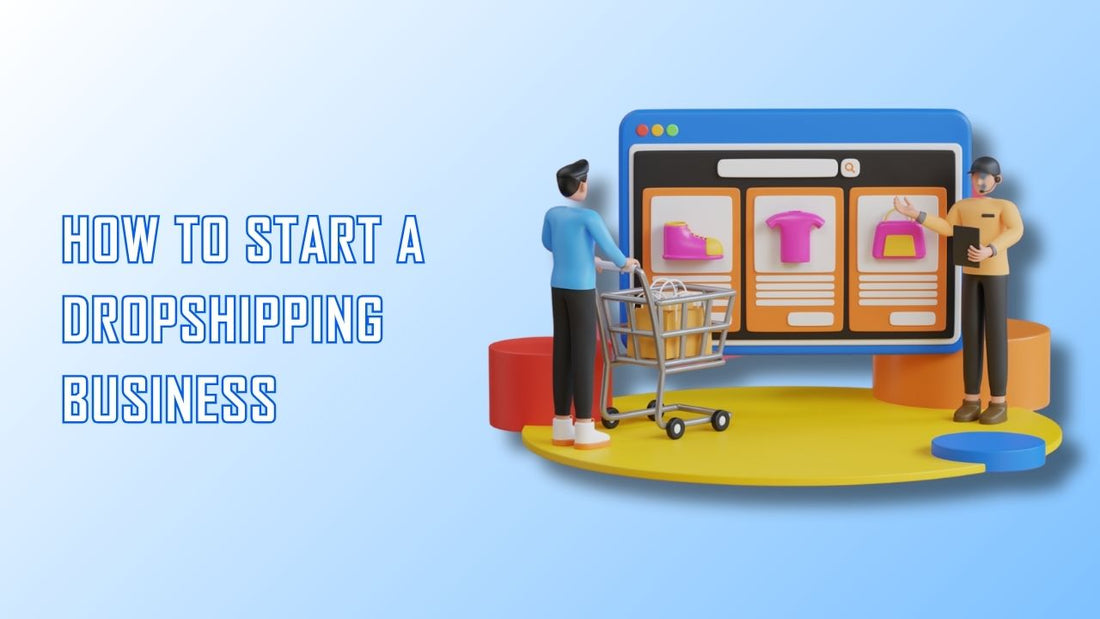

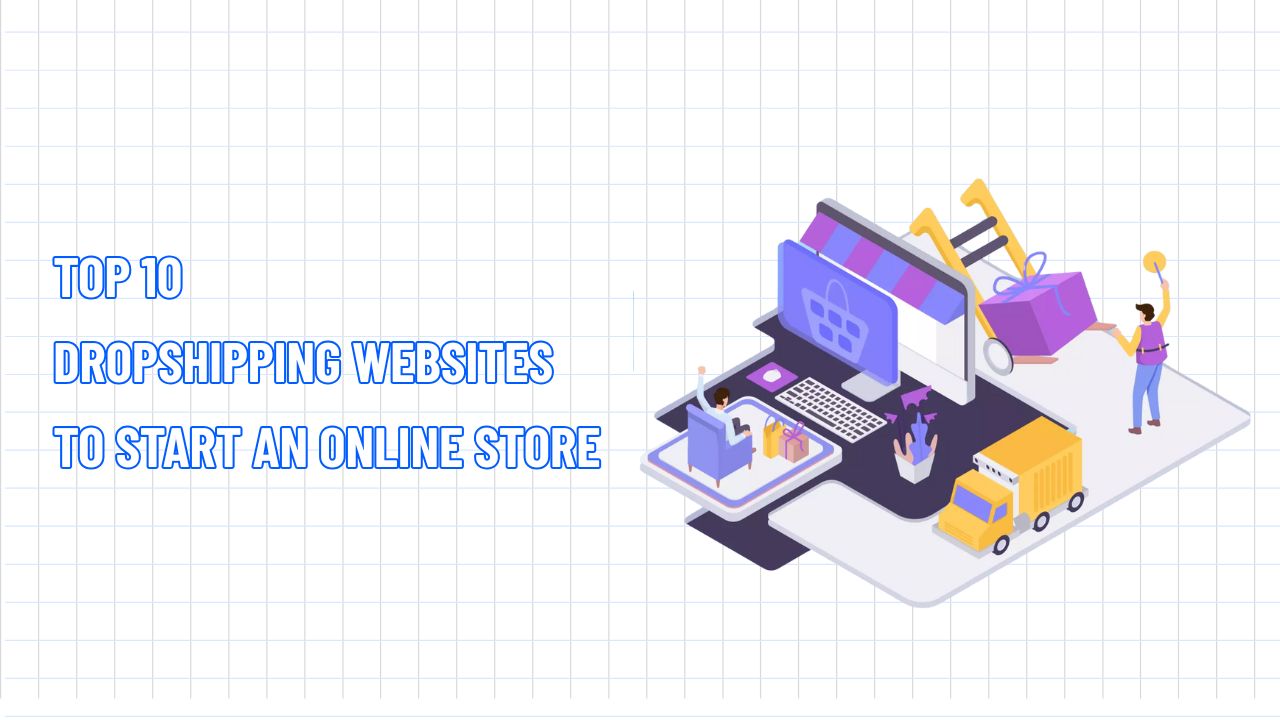
![[2025] AliExpress Dropshipping: A-Z Guide for Beginners](http://nextsky.co/cdn/shop/articles/aliexpress-dropshipping_68a937c9-3a8c-460e-b6a7-a9182d5fc4a2.jpg?v=1751219977&width=1280)
